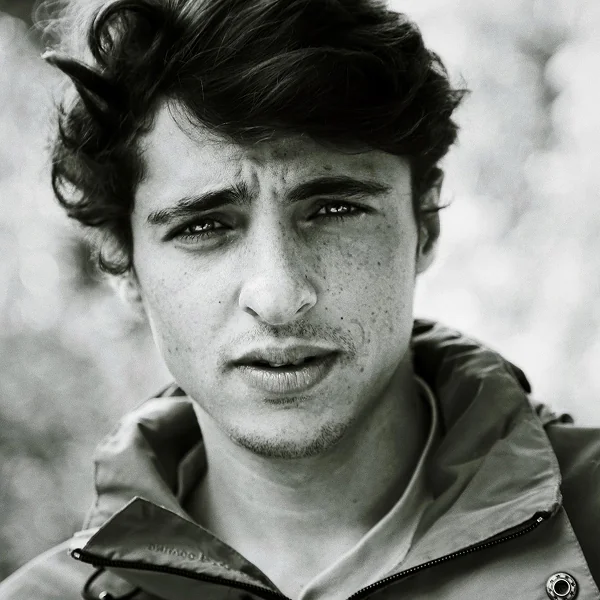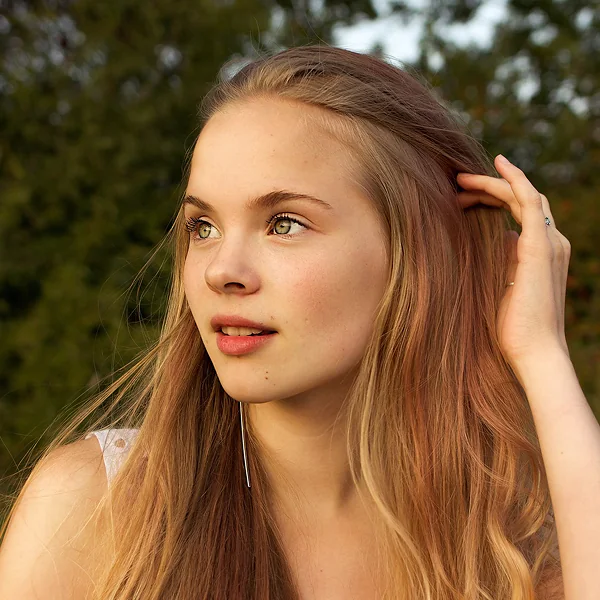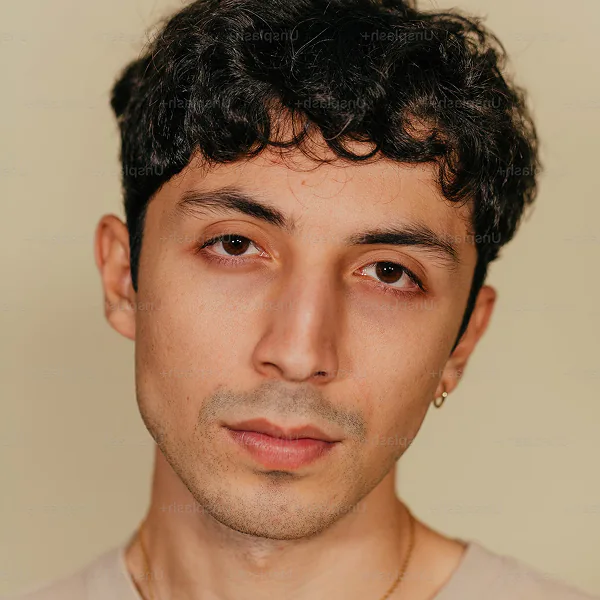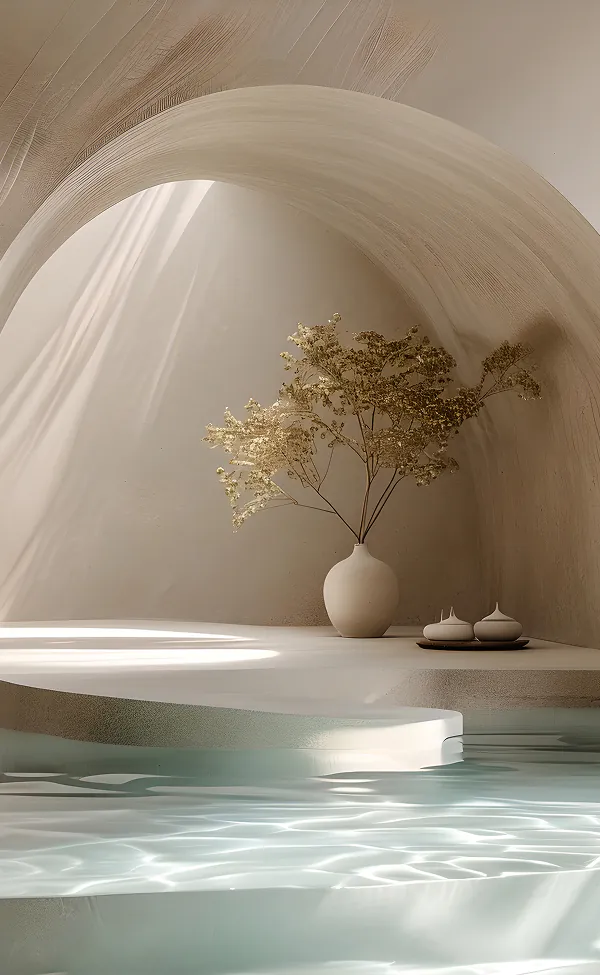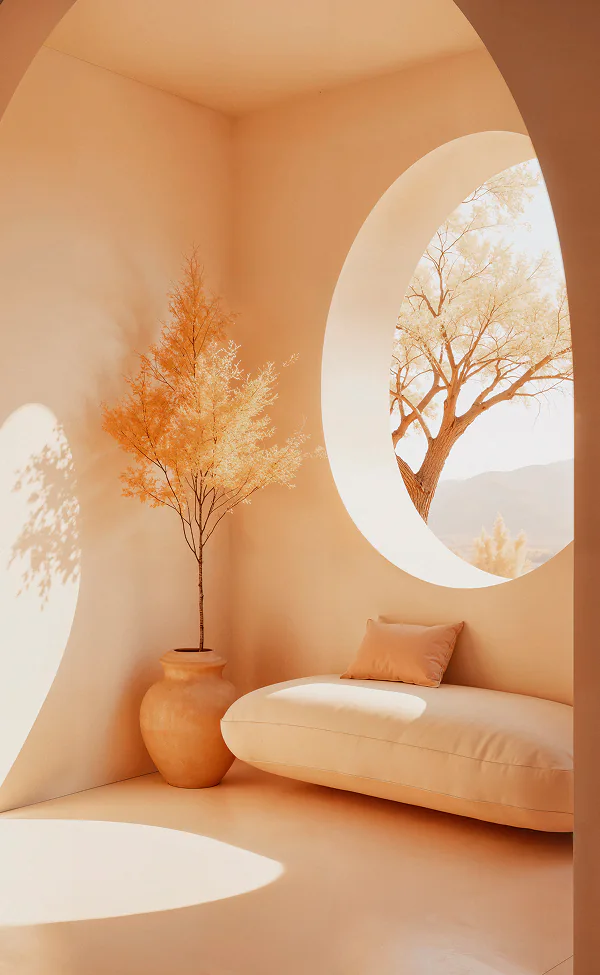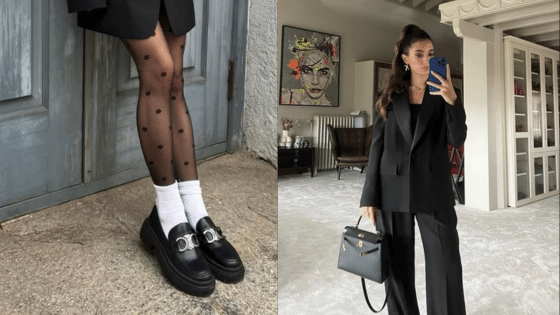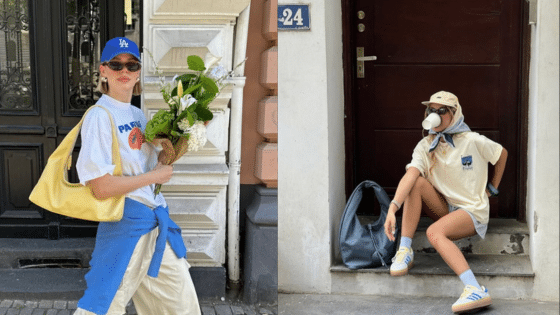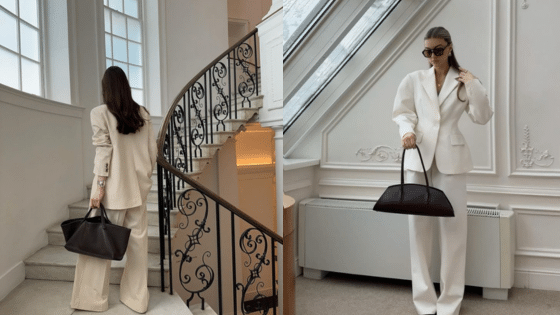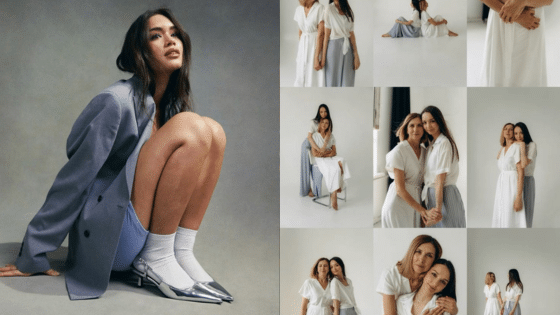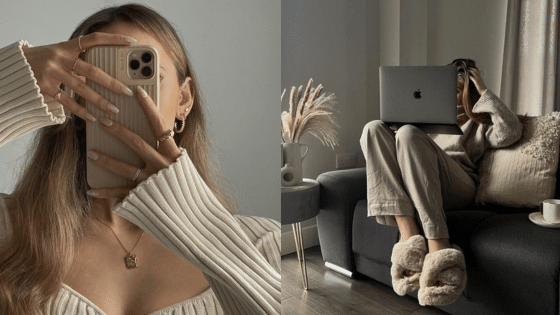Fashion photography captures the art of style and beauty through the lens of a camera. It has evolved over the years, shaping how society views fashion and influencing trends and consumer choices. From magazine spreads to social media posts, the impact of fashion photography is seen nearly everywhere.
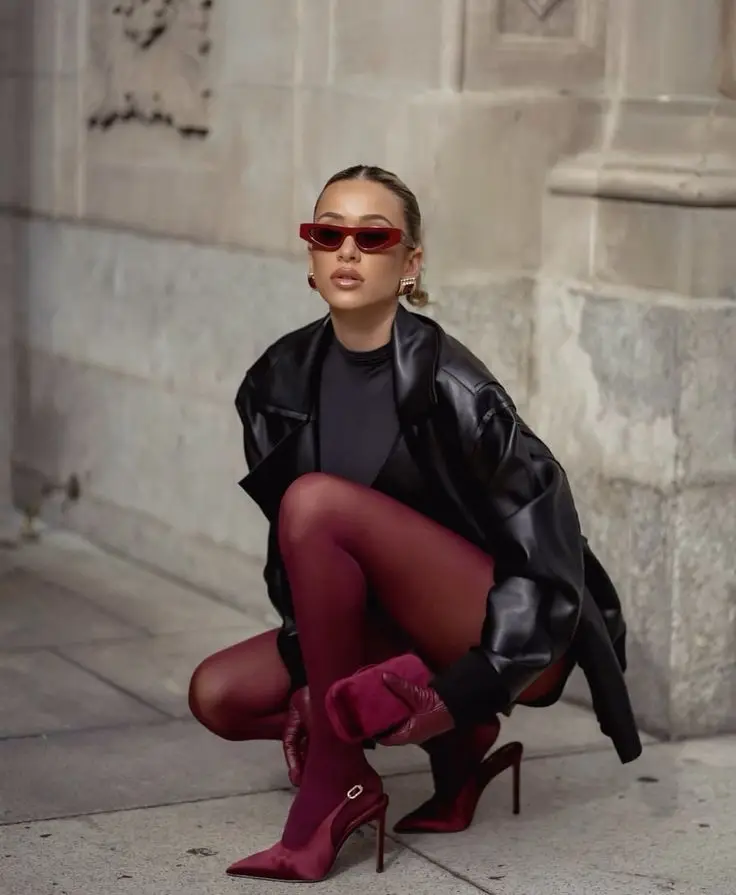

The process involves creativity and technical skills. Photographers work to highlight clothing and accessories while creating visually compelling images. Understanding the different genres of fashion photography helps in appreciating its role in fashion marketing and artistic expression.
Fashion photography continues to change with emerging trends and technologies. As it grows, so do the discussions around ethics and representation in the industry. This ongoing evolution keeps both photographers and audiences engaged.
Key Takeaways
- Fashion photography shapes public perception of style and trends.
- Understanding different genres enhances appreciation of the art form.
- Ethical considerations are important in modern fashion photography practices.
History of Fashion Photography


Fashion photography has a rich history that reflects the changing styles of society. It began as an art form that showcased clothing and accessories but evolved to capture a wider sense of culture and identity.
Early 20th Century Origins
Fashion photography started to take shape in the early 1900s. Photographers like Edward Steichen and Alfred Stieglitz led the way. They used innovative techniques to combine art and commerce. The introduction of magazines such as Vogue helped popularize this new style.
During this period, images focused on elegant clothing and models posed in serene settings. Photographers aimed to highlight the artistry of fashion design. This era set the groundwork for future developments, integrating photography into mainstream fashion.
Post-War Developments
After World War II, fashion photography experienced significant growth. Designers like Christian Dior and Yves Saint Laurent emerged, influencing trends. Photographers such as Richard Avedon and Helmut Newton brought a new perspective. Their work focused not just on clothes but also on the personality of the models.
The rise of youth culture in the 1960s changed the landscape. Fashion photography became more dynamic and expressive. Bold colors, creative settings, and spontaneous moments replaced traditional poses. This shift made the connection between fashion and lifestyle more pronounced.
Contemporary Evolution
Fashion photography today blends various styles and technologies. Digital photography offers new ways to create and share images. Photographers can experiment with lighting, angles, and post-processing techniques more than ever before.
Social media platforms play a crucial role in how fashion is showcased. Influencers and amateur photographers share their work widely. This democratization of fashion photography allows for diverse voices to be heard. It transforms how brands connect with consumers, making the industry more inclusive.
Technical Aspects of Fashion Photography


Fashion photography involves specific technical skills and tools. Understanding camera equipment, lighting, composition, and color can significantly enhance the quality of images.
Camera Equipment and Lenses
The choice of camera is crucial. Many photographers use DSLRs or mirrorless cameras for their versatility and image quality. Full-frame sensors provide better depth and detail.
Lenses also play a key role. Prime lenses, such as 50mm or 85mm, are popular for their sharpness and ability to create a shallow depth of field. Zoom lenses offer flexibility, allowing photographers to quickly adjust framing without changing lenses.
Using a tripod can help stabilize the camera. This is especially important for low-light settings or when capturing intricate details in clothing.
Lighting and Exposure


Lighting is vital in fashion photography. Natural light often offers a soft and flattering effect, making it ideal for outdoor shoots. Reflectors can help bounce sunlight, illuminating the model effectively.
For studio shoots, artificial lighting is common. Using softboxes or ring lights creates even lighting and reduces harsh shadows. Key and fill lights are typically set up to control the exposure and highlight the subject.
Proper exposure settings are essential. Photographers often use manual mode to adjust shutter speed, aperture, and ISO, ensuring the image captures the desired mood and detail.
Composition and Framing


Composition involves arranging elements in the photograph. The rule of thirds suggests dividing the frame into nine equal parts to position the model effectively. This technique draws the viewer’s eye to important details.
Framing adds depth and context. Using foreground objects can create a more dynamic image. Models can also be placed in unique angles or poses to convey movement and style.
Negative space is another technique. It allows the subject to stand out while keeping the background simple. This approach often highlights the clothing and accessories.
Color Theory and Palette
Color theory influences the mood and impact of fashion photos. Complementary colors can create contrast, making the image more striking. Analogous colors bring harmony, creating a softer look.
Photographers often choose a color palette that matches the theme. This can involve selecting clothing and backgrounds that complement one another. Additionally, adjusting color settings in post-processing can enhance the overall effect.
Understanding colors also helps in conveying emotions. Warm colors like reds and yellows can evoke excitement, while cool colors like blues and greens promote calmness. This knowledge helps in planning and executing successful shoots.
Creative Process in Fashion Photography


The creative process in fashion photography involves several important steps. Each phase plays a crucial role in developing a successful photoshoot that reflects both the brand’s identity and creative vision. The following sections detail key aspects of this process.
Concept Development
Concept development starts with brainstorming ideas that align with the brand’s goals. Photographers often work with designers and marketing teams to establish a theme or message.
They might consider trends, colors, and moods. Visual storytelling is important, as the concept should convey a clear narrative.
Sketches, mood boards, and reference images are useful tools in this stage. This preparation helps visualize the final outcome and guides the creative process.
Art Direction
Art direction shapes how the concept translates into visuals. It involves deciding on the look and feel of the shoot, including lighting, camera angles, and compositional elements.
The art director collaborates with the photographer to ensure the visual style matches the overall vision. This may involve creating a shot list to guarantee that all necessary images are captured.
They also oversee location selection, set design, and props, ensuring everything fits the theme.
Clear communication among the team is key to successful art direction.
Styling and Wardrobe Selection


Styling is crucial in fashion photography as it defines the aesthetic. A stylist carefully selects clothing and accessories that match the concept.
They often work closely with designers, ensuring that the garments are on-brand and relevant. The choice of fabrics, colors, and patterns contributes to the overall visual harmony.
Wardrobe fittings may be necessary to ensure the best fit on models. This step allows adjustments that enhance the final images.
Attention to detail is vital, as it can significantly impact the photos’ success.
Model Casting and Direction
Model casting is selecting the right talent to bring the vision to life. The photographer and stylist look for models that fit the concept and represent the brand appropriately.
Agencies, portfolios, and casting calls are common methods for finding models. Once selected, models are given direction to help them understand their roles.
During the shoot, effective communication is key. The photographer provides guidance on poses, expressions, and movement to achieve desired results. This ensures the models feel comfortable and confident, ultimately improving the final images.
Genres within Fashion Photography


Fashion photography includes various styles, each with its own purpose and audience. Understanding these genres helps to appreciate the art form and its impact on the industry.
Editorial Fashion Photography
Editorial fashion photography tells a story or explores a theme. These images often appear in magazines and fashion publications. The goal is to engage readers with striking visuals and creative concepts.
Photographers work closely with stylists, models, and designers to create a specific mood. They use elaborate settings and props to enhance the narrative. Editorial shoots often feature high fashion clothing, showcasing the designer’s vision.
The images aim to convey emotions or messages beyond just showcasing the clothing. This genre allows for artistic freedom and innovation, often resulting in iconic fashion imagery.
Commercial Fashion Photography
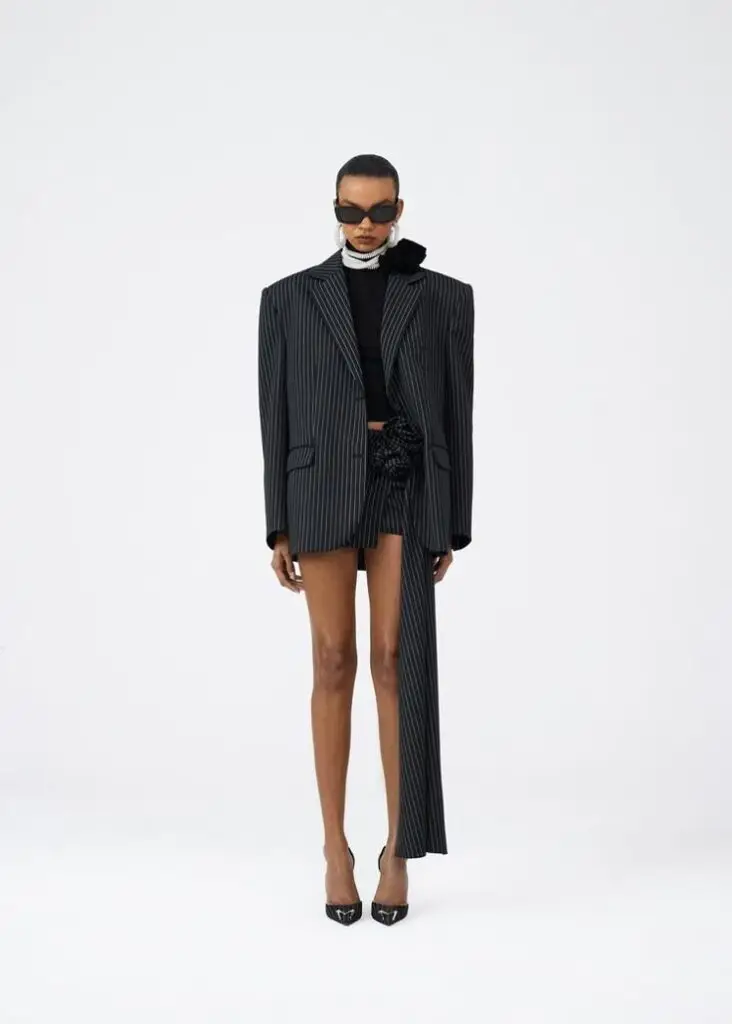

Commercial fashion photography focuses on selling a product, usually clothing or accessories. Its primary goal is to draw in customers and promote brands. This genre aims for clear, attractive images that highlight the clothing’s features.
Photographers often collaborate with brands to ensure the images fit their marketing strategy. They work with models in controlled environments, often using clean backdrops to emphasize the clothing.
Lighting and angles are carefully planned to create a polished final image. Successful commercial fashion photography makes viewers feel a connection to the brand, encouraging them to make a purchase.
Street Fashion Photography

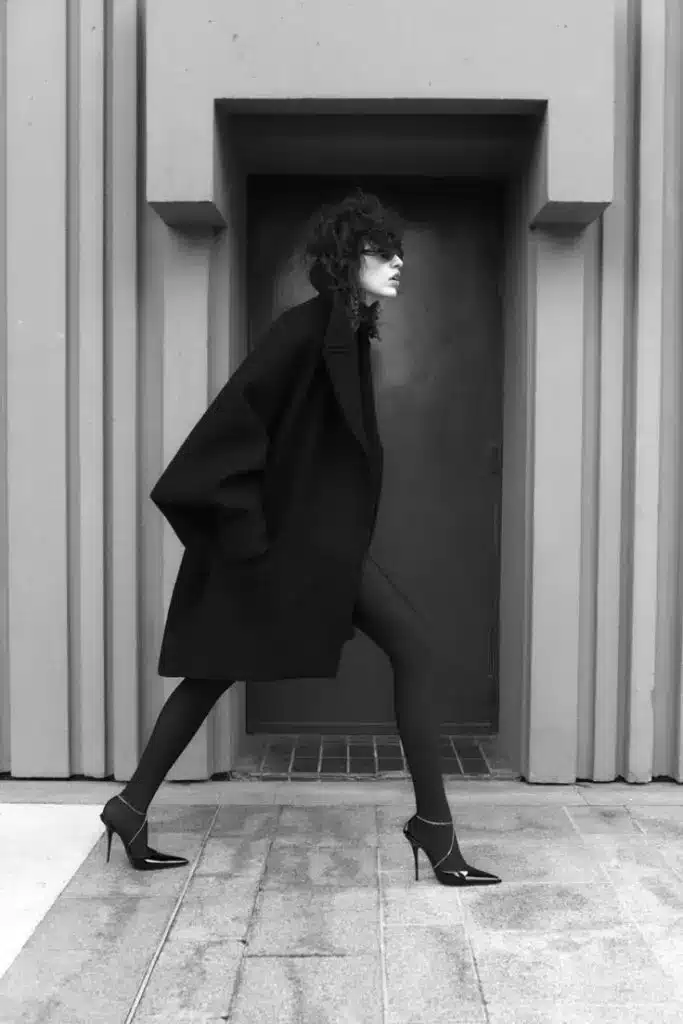
Street fashion photography captures real-life style in everyday settings. This genre showcases individuals and their personal fashion choices outside of traditional studio environments. The aim is to highlight authentic fashion and trends in real-world scenarios.
Photographers often document spontaneous moments, capturing genuine expressions and styles. They may focus on unique outfits that reflect personal attitudes and cultural influences.
Street fashion photography is accessible and relatable, appealing to a wide audience. It often promotes individuality and creativity, influencing broader fashion trends in the industry.
Avant-Garde Fashion Photography
Avant-garde fashion photography pushes the boundaries of traditional fashion. It explores unusual concepts and artistic expressions, often merging fashion with fine art. This genre challenges norms and encourages innovative thinking in photography.
Photographers in this field often experiment with unconventional materials, settings, and techniques. They might create surreal or abstract images that provoke thought or elicit strong emotions.
The focus is not always on the clothing itself but rather on the artistic vision behind it. Avant-garde photography can redefine perceptions of fashion, making it a dynamic part of the art world.
Fashion Photography Industry
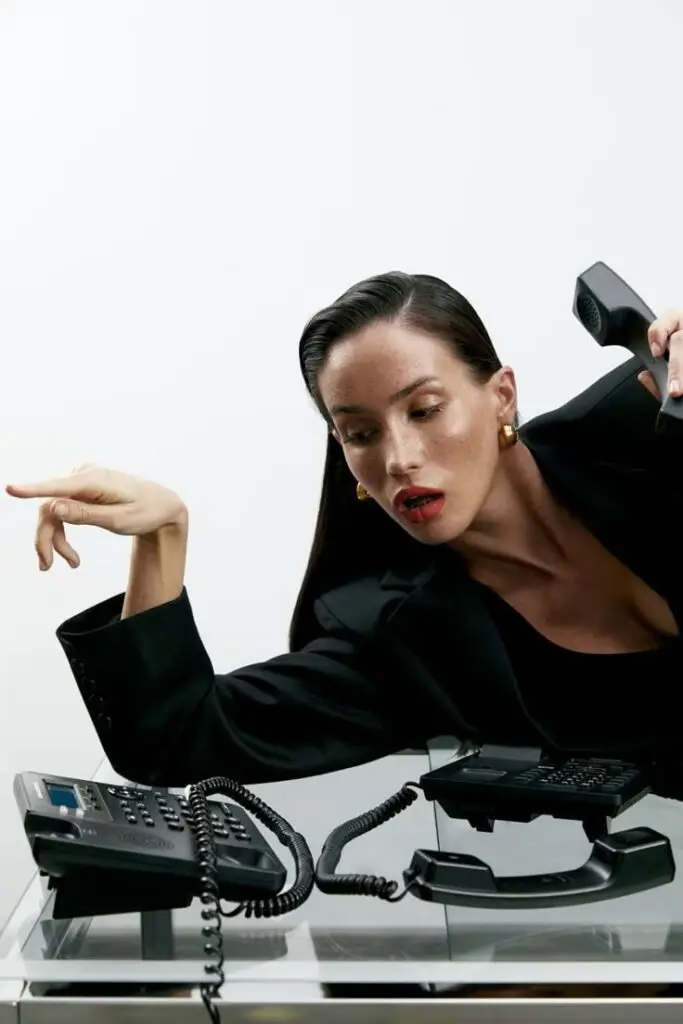

The fashion photography industry is a vibrant and essential part of the broader fashion world. It involves various contributors who shape visuals for magazines, online platforms, and advertising. Understanding the key players and influences helps to grasp the industry’s impact.
Key Industry Players
In fashion photography, key players include photographers, models, designers, and brands. Photographers capture the essence of fashion through their unique styles and creativity. Notable photographers like Steven Meisel and Annie Leibovitz have set trends and elevated the art form.
Models play an important role by showcasing clothing and accessories. Designers create the items that photographers capture. Brands work with photographers and models to generate compelling campaigns. Together, these individuals contribute to the successful production of fashion imagery.
Role of Fashion Magazines
Fashion magazines are crucial to the fashion photography industry. They promote photographers and provide a platform for showcasing new trends and campaigns. Magazines like Vogue and Harper’s Bazaar pay photographers for editorial shoots, giving them recognition.
These publications curate visual stories that set the tone for the season. By featuring diverse styles and themes, magazines influence consumer choices. The collaboration between photographers and magazines drives innovation and keeps the fashion world dynamic.
Influence of Social Media


Social media has transformed how fashion photography reaches audiences. Platforms like Instagram allow photographers to share their work instantly. This has democratized fashion photography, giving rise to new talents who may not have traditional backgrounds.
Brands now collaborate with influencers and photographers online to engage with younger audiences. This shift enables more diverse representation in fashion imagery. Social media also allows for real-time feedback, shaping how campaigns are developed and executed.
Economic Impact and Business Opportunities
The fashion photography industry creates numerous business opportunities. From freelance photographers to large agencies, the industry drives economic growth. Companies invest in campaigns to enhance brand visibility and sales.
Fashion weeks and events attract sponsorships and partnerships, benefiting photographers and models. E-commerce relies on high-quality imagery to sell products effectively. The growing demand for content creates potential avenues for collaboration and innovation within the industry.
Ethical Considerations in Fashion Photography


Fashion photography involves many important ethical issues that affect how people are represented and viewed. Key considerations include diversity in representation, the impact of retouching on body image, and the importance of sustainable practices.
Representation and Diversity
Representation in fashion photography matters significantly. It includes showing various ethnicities, body types, ages, and gender identities. Many brands are now embracing diversity to appeal to a broader audience.
Photographers should strive to include models who reflect different backgrounds. This can help break stereotypes and encourage acceptance of all individuals. It’s essential to go beyond tokenism by ensuring that diverse models are featured in prominent roles, not just supporting ones.
Retouching and Body Image
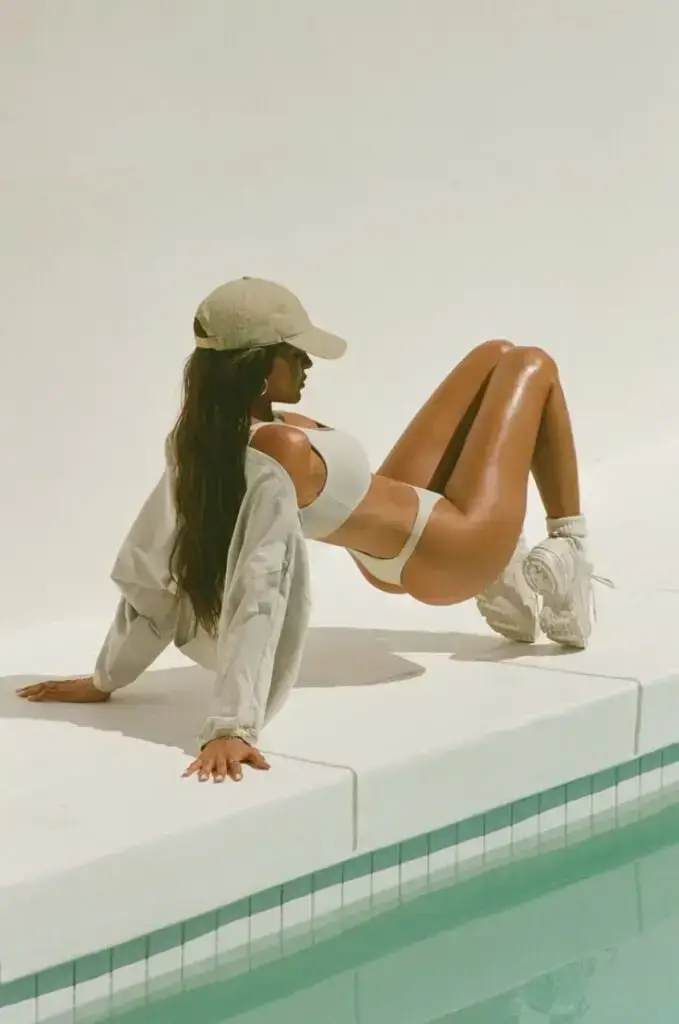

The use of retouching can greatly influence how people perceive beauty. Heavy editing can create unrealistic standards for body image. Many argue that excessive retouching can harm self-esteem, especially among young people.
Photographers need to find a balance between enhancing an image and maintaining authenticity. Ethically, they should avoid altering a model’s appearance to an unrecognizable extent. Encouraging natural beauty can inspire confidence in viewers.
Sustainable Practices
Sustainability is becoming a crucial part of fashion photography. Photographers must consider their environmental impact. This includes using sustainable materials, reducing waste, and making eco-friendly choices.
Using local resources and supporting sustainable fashion brands can promote ethical practices. Photographers can set a positive example by being mindful of their resource usage. This effort contributes to a healthier planet and a more ethical industry.
Emerging Trends and Future of Fashion Photography


The future of fashion photography is shaped by new technologies, changing consumer preferences, and the growing impact of artificial intelligence. These elements highlight how photographers and brands can adapt to a rapidly evolving market.
Technological Innovations
New technology drives exciting changes in fashion photography. Advances in camera equipment, such as mirrorless cameras and high-resolution lenses, enhance image quality. Drones are also becoming popular for unique aerial shots.
Virtual and augmented reality are emerging tools. They allow photographers to create immersive experiences. Consumers can engage with fashion in creative ways, such as trying on clothes virtually.
Social media platforms influence how fashion photography is shared. High-quality visuals are essential for attracting attention. Tools like mobile editing apps enable quick, professional results, allowing photographers to keep up with trends.
Shifts in Consumer Behavior


Today’s consumers are more involved in fashion than ever before. They seek authenticity and diversity in photography. This demand pushes brands to showcase a wider range of models and styles.
Social media platforms enable consumers to connect with brands on a personal level. Customers value relatable content over conventional advertising. This can lead to increased loyalty and brand engagement.
Influencer marketing is also significant. Consumers trust influencers who represent brands in their photography. The influence of these individuals can shift how fashion is presented and received.
The Role of Artificial Intelligence
Artificial intelligence is changing how fashion photography functions. AI tools can analyze trends and identify popular styles. This data helps photographers create content that resonates with audiences.
AI can also automate editing tasks. This technology saves time and allows photographers to focus on creativity. Using algorithms, AI can suggest adjustments to enhance images.
Virtual models created by AI are gaining attention. They can represent diverse body types and styles without the limitations of traditional models. This innovation may redefine beauty standards in the industry.
- 295shares
- Facebook0
- Pinterest295
- Twitter0
- Reddit0
